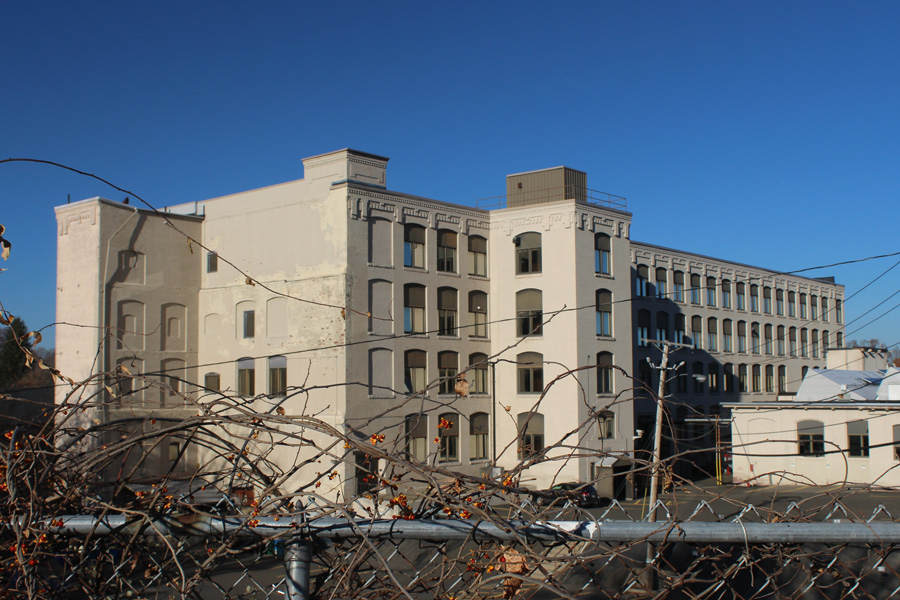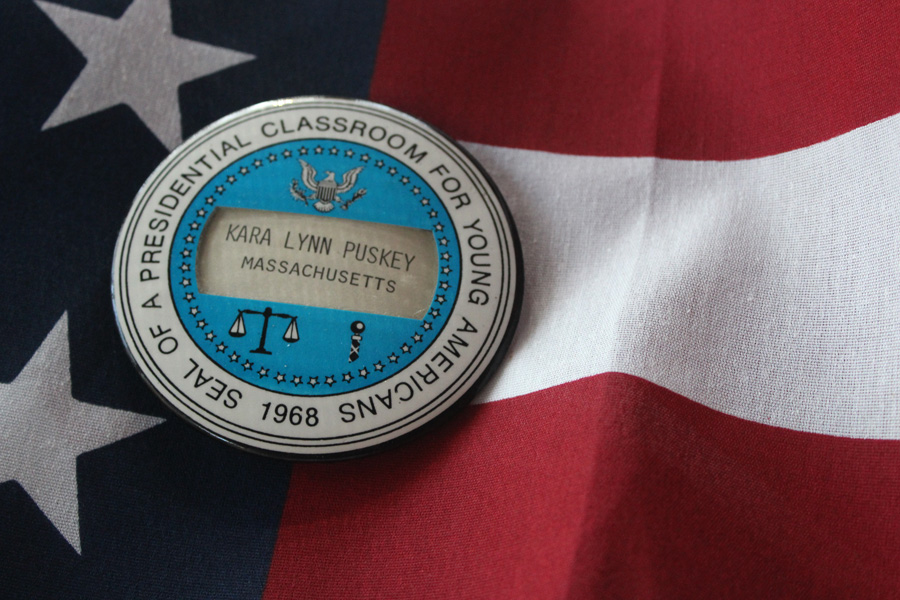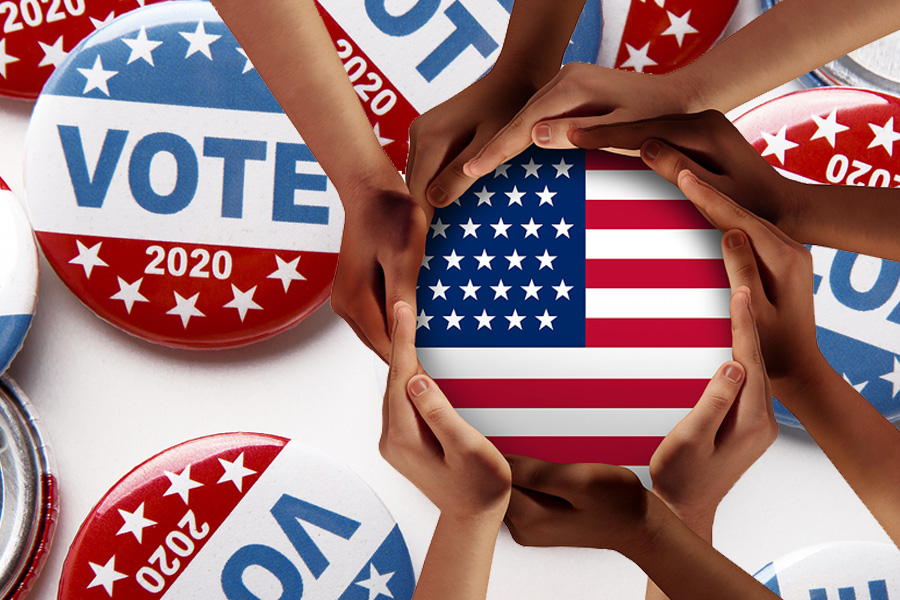Quick Work No. 6

Here, in micro-flash nonfiction, writers make quick work of compelling stories.
Leading up to Multiplicity‘s second themed issue, we present five short takes on work and working. If you enjoy these bite-sized stories, check back for the feast of essays, profiles and poems in “Work,” launching online on November 18, 2020.

Melt
by Kara Knickerbocker
Sometimes I miss how solidly I walked in those steel-toe boots. I wore splotches of oil on my denim jeans and felt like art in my own body as I moved through the garage.
One scorching day that July, we three girls took our lunch break to get ice cream. Then we drove a little further, pulled the truck into a secluded field, rolled up our long jeans and stripped down into sports bras to even our tans. I remember the laughter stretching to the sky, how carefree in our double-scoop-sweet lives we were then.

Work Is Not Cancelled
by Marla Zlotnick
We are four people in tight quarters, donning masks and gloves at all times. There’s me, seasoned, focused, though not lacking in humor. There’s the polyamorous goth millennial regaling us with sexual escapades; the rock climbing childhood cancer survivor with a compulsion to hand feed chipmunks; the middle-aged manager addicted to the phone.
Rules of quarantine are abbreviated. Physical distancing is impossible, afflicted employees cause temporary premises shutdowns for decontamination. But in Specialty Pharmacy, there’s no option for work from home. We prepare and deliver prescriptions to the vulnerable and underserved.
What’s essential is that they are not forgotten.

A Caddy and Death
by Ursula Saqui
My boss is impeccably dressed for the long drive to our monthly meeting. I’m in the passenger’s seat with a hole in my pantyhose, wiggling nonchalantly to unstick my exposed thigh from the Caddy’s leather.
On today’s agenda, we have a split penis, an exploded stomach, and a suicide.
I’m a state-contracted mortality review specialist, and after six years and over 2,000 cases, I feel relieved when people in their 80s just quietly pass away.
Overall, I hold up well watching people die on paper, until I break the cardinal rule of looking up their obituaries. Then I cry.

Financial Advice
by Meryl Baer
You’re withdrawing money from your IRA for your granddaughter’s breast implants?
You want to buy a penny stock because your daughter’s boyfriend’s father said it was a good deal?
You’re going to pay taxes and penalties on an early IRA withdrawal so you can take a cruise?
Your son told you the country’s financial system will collapse so you have to take out all your money, and he says don’t worry, he’ll take care of it for you?
So many times, I wanted to scream, “ARE YOU NUTS?”
But I could not.
Home Office, No Office
by Lilve García

I want to flirt with the idea that I am a full-time writer.
Sitting at my desk uninterrupted for a couple of hours, at least.
A cup of tea at hand, next to warm toast with cinnamon and honey. A soft, almost inaudible
Tibetan melody in the background. The beautiful flame tree of my neighbors displaying a full
bloom out my window. But then, five minutes later, my reality check. The little voice behind
the door, calling mama, that reminds me I am precisely the designated food provider of three
Charybdis. A full-time mom playing with words.
About the Writers
Kara Knickerbocker is the author of The Shedding Before the Swell and Next to Everything That is Breakable. She lives in Pennsylvania and writes with the Madwomen in the Attic. Find her online at karaknickerbocker.com.
Ursula Saqui lives in the Midwest with her family, where she is always cold and hates sitting still. She can be found almost everywhere @UrsulaSaqui, chatting about running, writing, and food.
Meryl Baer worked for a financial firm, eventually quit and moved to the New Jersey shore. Her recent stories have been published in Pomme Journal and Perspectives Magazine. Her blog, Beach Boomer Bulletin, is published at merylbaer.com.
Marla Zlotnick, a native of western Massachusetts, was happy to return home from Boston when she made a midlife career change from advertising to healthcare. Her contribution to Quick Work marks her first journal publication.
Lilve García is an emerging writer from the Dominican Republic who recently published her first volume of poetry, Poemas Tempranos. She has three kids, a degree in architecture, and an interest in science fiction.
The Quick Work series is curated by Multiplicity Contributing Editor, Kate Whouley.
Submissions to Quick Work are currently closed, but we always welcome submissions for Multiplicity Blog. More details here.






